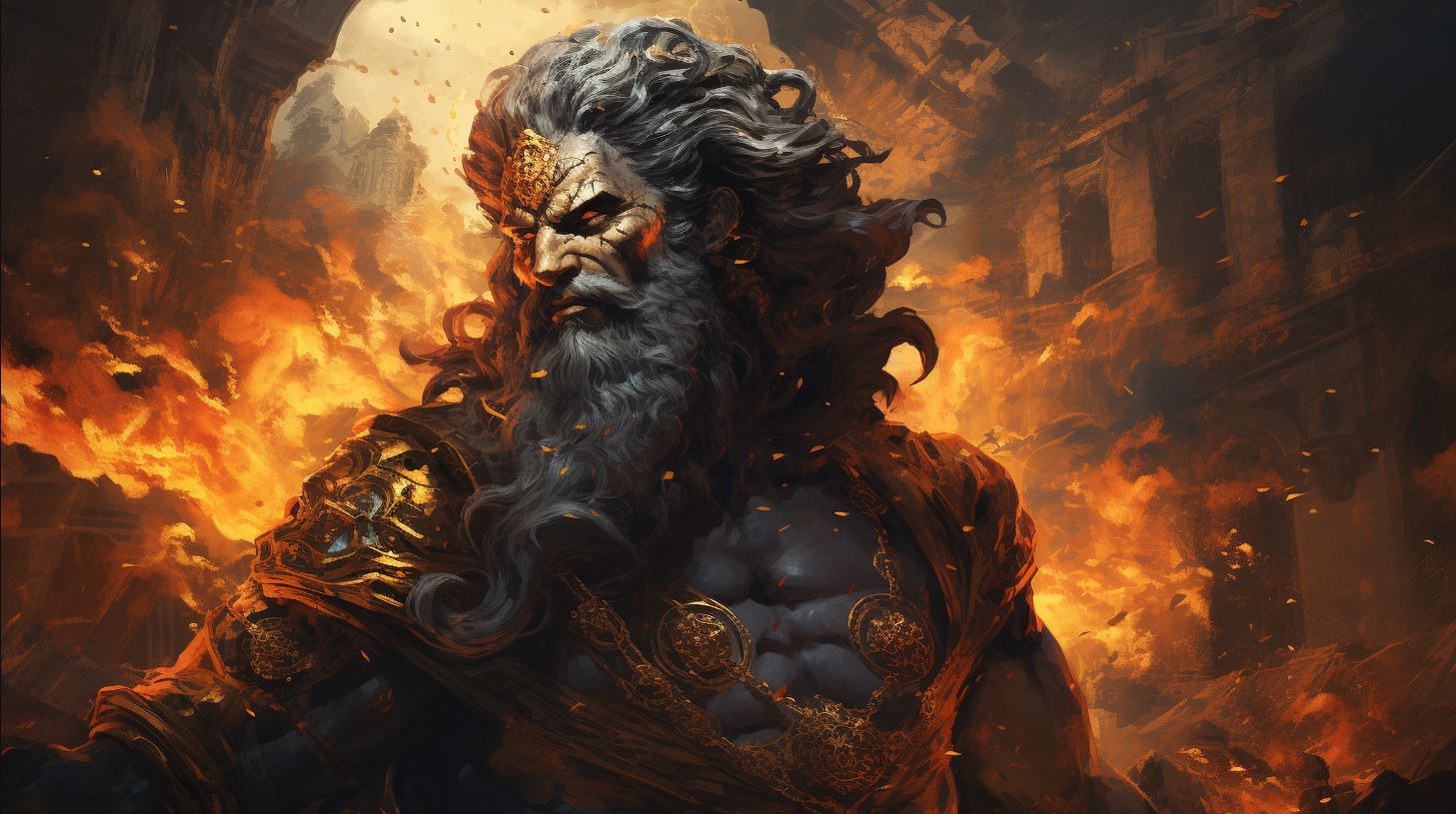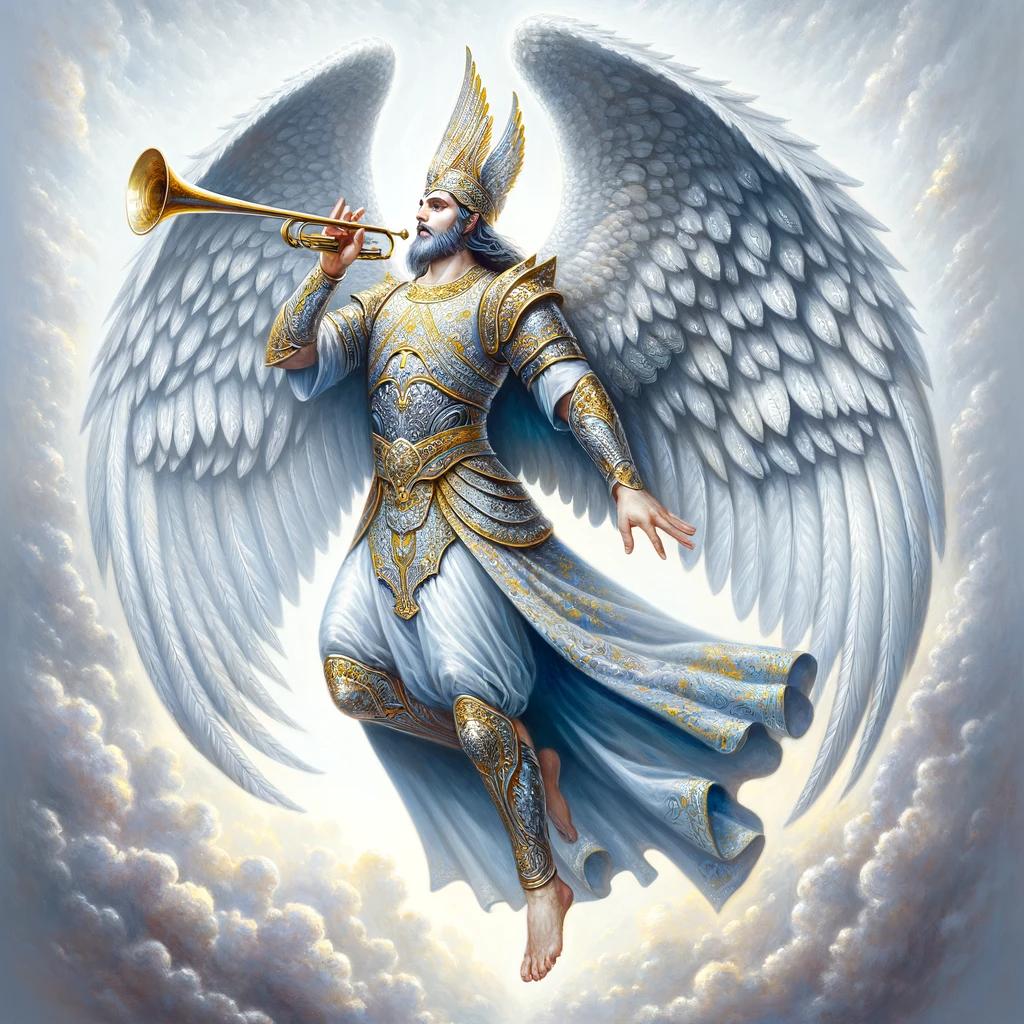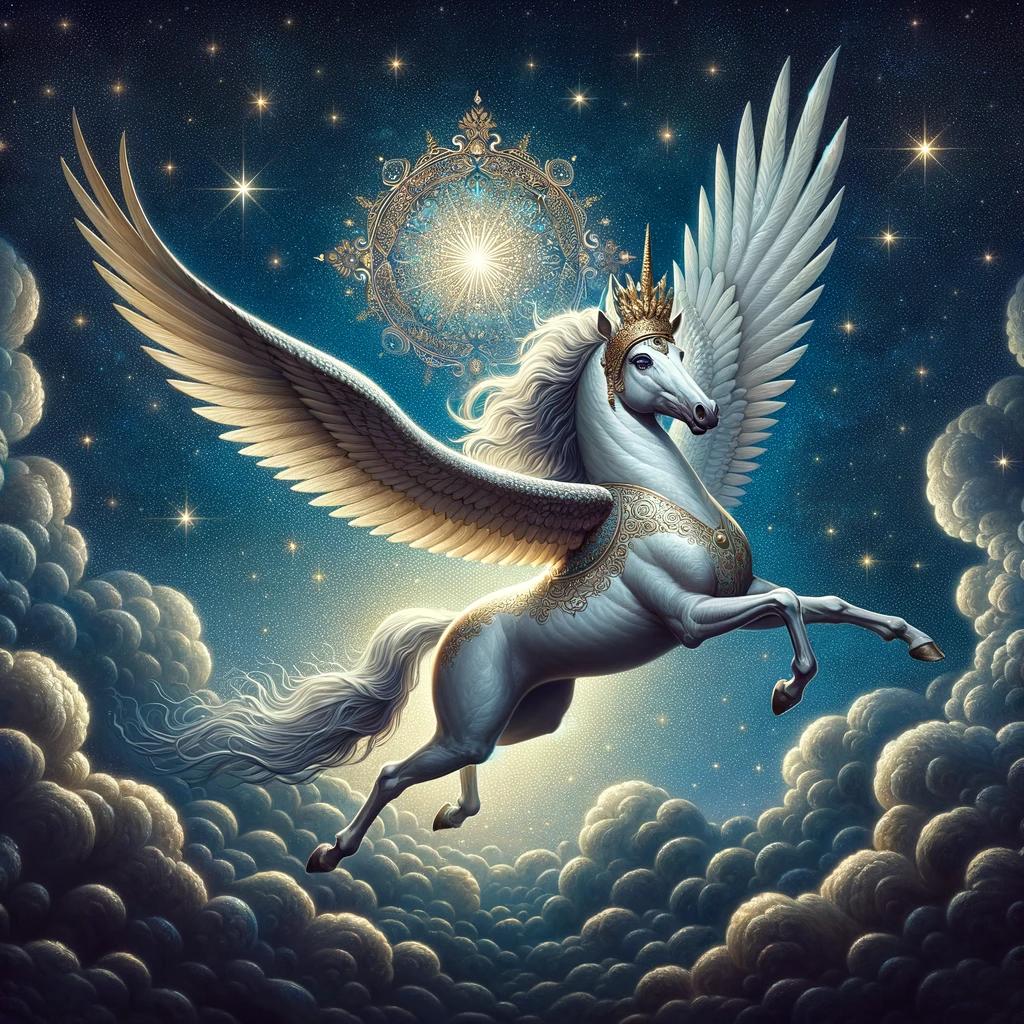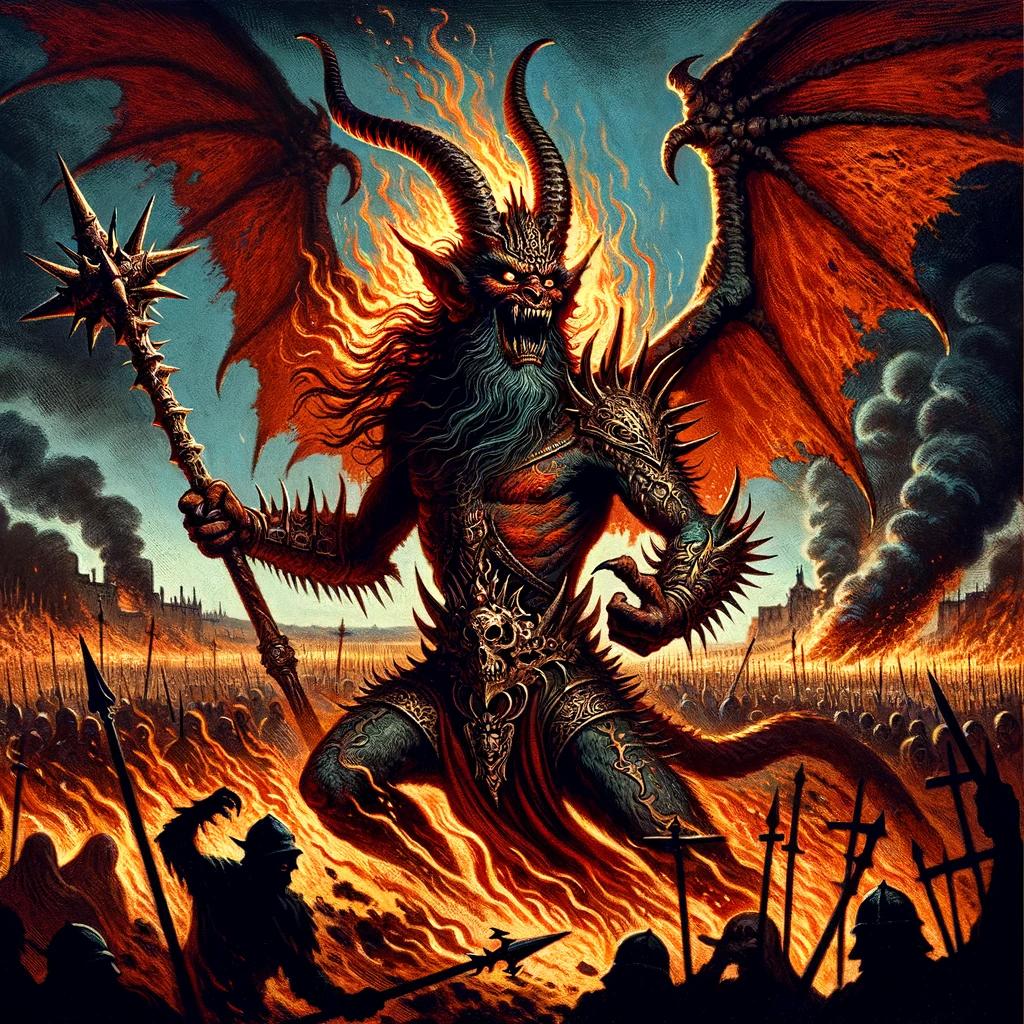Zurvan God: Exploring the Ancient Deity of Infinite Time and Space in Zoroastrianism

Zurvan god is a significant figure in Zurvanism, a branch of Zoroastrianism. This religious movement emerged during the Achaemenid period and gained royal approval in the Sassanid Empire. Zurvan, the god of infinite time and space, is considered the primordial creator deity who gave birth to twin gods, Ahura Mazda and Angra Mainyu.
Unlike Mazdean Zoroastrianism, Zurvan is depicted as a transcendent and impartial god without a distinction between good and evil. Despite flourishing during the Sassanid era, Zurvanism disappeared after the 10th century due to the suppression of Zoroastrianism.
Its influence, however, persisted in Persian literature and beliefs.
Zurvanism: Exploring the Ancient Zoroastrian Belief System
In this section, we delve into Zurvanism, a fascinating branch of Zoroastrianism that offers unique insights into ancient religious beliefs. We will explore the origins of Zurvanism and its relationship with Zoroastrianism, shedding light on its distinct concepts and doctrines.
Additionally, we will examine the fascinating concept of Zurvan as the primordial creator deity and its role as the god of infinite time and space. Moving forward, we will uncover the significance of Zurvanism during the Sassanid era, including its flourishing and royal patronage.
Finally, we will discuss the disappearance of Zurvanism and its enduring influence on Persian literature and beliefs.
Origins of Zurvanism and its Relationship with Zoroastrianism
Zurvanism’s roots are shrouded in mystery, with different theories attempting to explain its emergence. Some suggest that it developed as a response to the liberalization of late Achaemenid-era Zoroastrianism. Others propose that Zurvanism existed as a pre-Zoroastrian divinity before being incorporated into the faith.
There is also speculation about the influence of Babylonian-Akkadian religions on the formation of Zurvanism. Unraveling these origins will provide valuable insights into the development of this unique belief system.
The Concept of Zurvan as the Primordial Creator Deity
Zurvan is a central figure in Zurvanism, representing the primordial creator deity.
He is revered as the god of infinite time and space, a transcendent force that gave birth to twin gods, Ahura Mazda and Angra Mainyu. Unlike Mazdean Zoroastrianism, which introduced a distinct separation of good and evil, Zurvan is portrayed as a neutral god without passion or distinction between these opposing forces.
Exploring this concept will deepen our understanding of Zurvanism’s theological foundations.
Zurvanism During the Sassanid Era
The Sassanid era witnessed the flourishing of Zurvanism, with the religious movement enjoying the support and patronage of the ruling class. It is believed to have become a cult during the reign of Shapur I.
During this time, Greek and Indic concepts were incorporated into Zurvanism, further enriching its theological framework. Debates surrounding the relationship between Sassanid-era Zurvanism and Mazdaism, whether they were separate sects or two tendencies within the same movement, add intriguing dimensions to the exploration of Zurvanism.
Disappearance of Zurvanism and its Influence on Persian Literature and Beliefs
Despite its prominence during the Sassanid Empire, Zurvanism gradually faded away by the 10th century. The Arab Invasion of Persia in the 7th century CE led to the suppression of Zoroastrianism, which inevitably impacted the survival of Zurvanism.
However, its influence endured in Persian literature and beliefs, shaping the understanding of Zoroastrianism as a dualistic faith and emphasizing the dominance of fate over free will. Analyzing the disappearance and legacy of Zurvanism offers valuable insights into the religious and cultural landscape of ancient Persia.
Zurvanite Doctrine and Beliefs in Textual Sources
In understanding Zurvanism, the examination of textual sources becomes crucial to decipher its doctrine and beliefs. Various texts shed light on the nature of Zurvan and the practices followed by its adherents.
History of Theology by Eudemus of Rhodes as a Source
One significant source for Zurvanite doctrine is the “History of Theology” attributed to Eudemus of Rhodes. This text provides valuable insights into the philosophical underpinnings of Zurvanism and the role of Zurvan as the primordial creator deity.
It explores the twin gods, Ahura Mazda and Angra Mainyu, born from Zurvan.
Christian Tracts by Armenian and Syriac Writers
Christian tracts written by Armenian and Syriac writers also contribute to our understanding of Zurvanism. These texts provide a unique perspective on the beliefs and practices of Zurvanites from an external viewpoint.
They offer valuable glimpses into the interaction between Zurvanism and other religious communities in the region.
Indigenous Sources: Inscriptions and Edicts
Indigenous sources such as inscriptions and edicts play a vital role in the study of Zurvanite doctrine. These primary texts often mention Zurvanite beliefs and shed light on the historical context in which the faith was practiced.
Inscriptions found in ancient archaeological sites allow us to trace the influence and reach of Zurvanism in different regions.
By examining these textual sources and combining their insights, we can piece together a comprehensive understanding of the doctrine and beliefs of Zurvanism.
These texts offer valuable glimpses into the religious practices and philosophical nuances of this ancient movement.
Zurvan God and the Controversies Surrounding it
In the realm of Zurvanism, the role of Zurvan in giving birth to twin gods, Ahura Mazda and Angra Mainyu, raises intriguing questions and sparks debates among scholars and followers.
The concept of divine duality and the intricate relationship between these deities have been subjects of controversy and varying interpretations.
Zurvan’s Role in Giving Birth to Twin Gods: Ahura Mazda and Angra Mainyu
One of the key controversies surrounding Zurvan god revolves around his role as the progenitor of Ahura Mazda, the supreme god associated with goodness, and Angra Mainyu, the embodiment of evil.
Some interpretations suggest that Zurvan’s act of creation resulted in a balance between these opposing forces, while others propose a hierarchical relationship between the twins.
According to certain Zurvanite doctrines, Ahura Mazda was conceived first and represented the force of light and order.
Angra Mainyu, on the other hand, emerged later and embodied darkness and chaos. This contrasting perception of their birth and attributes has led to divergent interpretations within the Zurvanite belief system.
Different Views on Zurvan’s Nature and Attributes
The nature and attributes of Zurvan himself have been a subject of much debate. Some perspectives perceive Zurvan as a timeless, transcendent entity beyond the realms of good and evil, devoid of personal passions or distinctions.
Others argue that Zurvan possesses certain characteristics and might have displayed favoritism towards either Ahura Mazda or Angra Mainyu.
These varied depictions of Zurvan contribute to the complexities surrounding the nature and worship of this ancient deity.
They continue to fuel discussions and analysis among scholars, seeking to understand the divine mysteries associated with Zurvan god.
Zurvanism’s Impact on the Understanding of Zoroastrianism
Zurvanism’s existence and its influence on Zoroastrianism cannot be overlooked. This controversial movement has significantly impacted the perception and interpretation of Zoroastrian beliefs, particularly in terms of dualism and the role of fate versus free will.
By emphasizing the duality between Ahura Mazda and Angra Mainyu, Zurvanism introduced the notion of opposing cosmic forces that shape the human experience. This profound influence on the understanding of good and evil, as well as the concept of fate as a dominant force, has persisted throughout Persian literature and subsequent religious thought.
While Zurvanism may have disappeared over time, its legacy shines through in the ongoing discussions and research surrounding Zoroastrianism, ensuring the continued exploration of the complexities within this ancient faith.
.



















